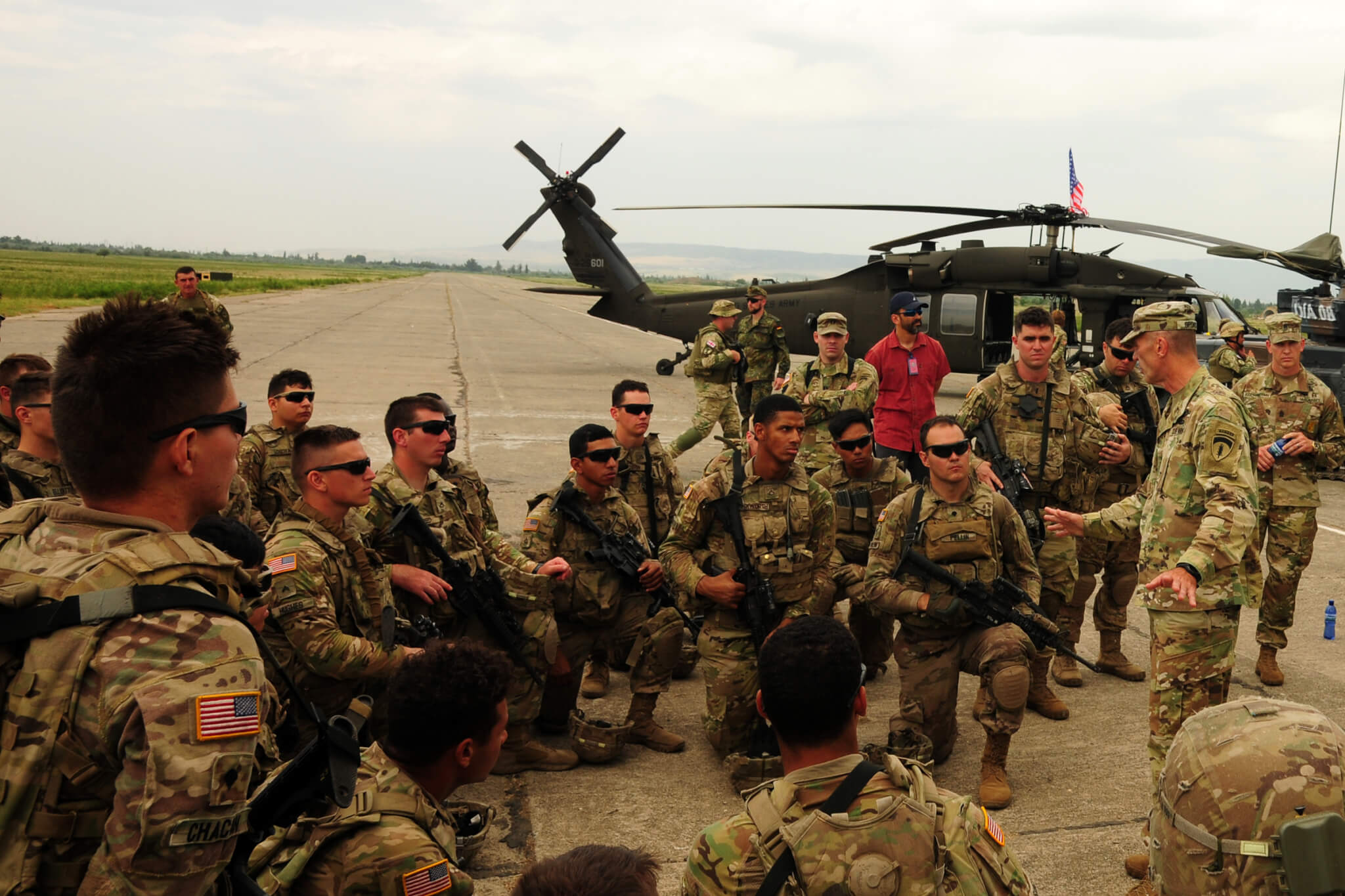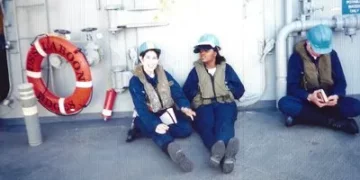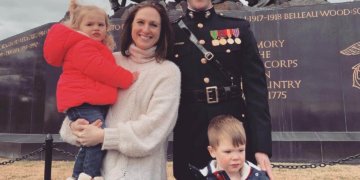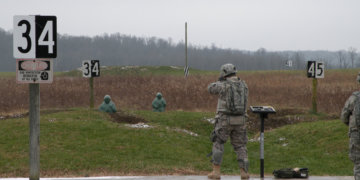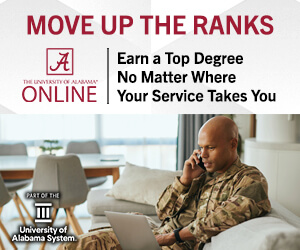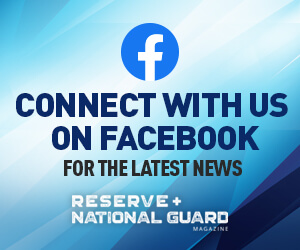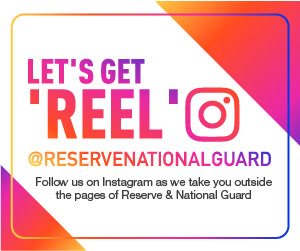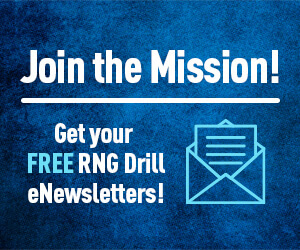Every service member is trained to lead. This is true whether they are active component, reserve or National Guard. Just as the military leverages best practices used by industries, civilian companies can leverage the tools, traits and values that have molded veterans into leaders.
Military reservists and National Guardsmen have adopted military traits, were trained on military tools and methods and have internalized military values. These traits, tools, methods and values are valuable to anyone who wants to grow a civilian company into a profitable enterprise. Civilian organizations can leverage these military attributes to engage employees, customers and vendors. This promotes a healthier business environment and enables efficiency, effectiveness and profitability.
Military reservists and National Guardsmen are in a unique position. About 15% of reservists or guardsmen serve fulltime in the military, meaning 85% maintain fulltime careers in the civilian workforce. These service members continue to assimilate military traits, tools and values regularly at periodic training events, which is a bonus for employers. Leadership training — and training in other intangibles such as resiliency and core values — comes with a high price tag in the civilian sector. The civilian employer reaps significant benefits from leadership training, not to mention the operational leadership experience reservists receive.
The military develops leaders. Leadership is inherent in any position a service member assumes. Military personnel, regardless of rank, often find themselves leading other people. Leadership training in the military is not only academic or theoretical but it is also practical and operational. In the military, one not only learns leadership, but everyone will experience the opportunity to lead others.
Adopting traits
Three traits military personnel adopt are self-discipline, respect and resilience. All three are key in the makeup of any service member. Military personnel are exposed to these traits at entry–level training and throughout military service. These traits are important to any business or organization. The difference is that in the military, these traits are foundational and good service members adopt these traits because they are core to military service. One must exhibit the traits to lead effectively.
Respect for others is an important trait veterans adopt. It is impossible to be a toxic leader if you treat subordinates with dignity and respect. This does not mean you cannot hold people to the prescribed standard and counsel them. However, there is a dignified and respectful way to do that. When we talk about being respectful to someone, it not only applies on an emotional level by the words we say or the tone of voice we use.
It is also about being respectful of a person’s time. We must strive to be on time for meetings we call. A leader should also show respect for other’s opinions. A good practice is for a leader to ask followers what they think and how they believe an issue should be handled. Gen. Patton once said a leader should tell followers what to do and why they need to do it, then let the followers figure out how to get it done. He went on to say followers will surprise you by their initiative and creativity.
Resilience is another trait veterans adopt. Leaders must demonstrate courage and optimism in challenging times. Although overcoming adversity is an essential element of resiliency, there are other components. A leader must have positive energy. A good leader should brighten up a room by entering it, not by leaving it. One of the worst things an organization could endure is an energy sponge who saps the energy from everyone around them because of a negative attitude. Fitness is also a key element of resiliency. This is not only about physical fitness but striving to have balance in all the components of fitness to include physical, spiritual, emotional, social and family fitness. Good leaders strengthen all elements of fitness now, so when a challenge comes their way, they will have the fortitude to stand up to it.
Training on tools and methods
Three tools and methods service members learn are the decision-making process, communication and how to gain lessons from a training event or real-world operation.
Leaders must be comfortable making decisions with less than perfect information. The late Jack Welch, former CEO of General Electric, said the primary failure he observed in mid-level managers at GE was they did not have the courage to make decisions. By following the steps in the decision–making process, senior leaders gain an understanding of an issue or problem, visualize success, describe the path to success and provide direction to the team at critical points. Leaders guide teams through the decision-making process of conducting an analysis of the problem at hand, factoring in the organizational values then developing, analyzing and comparing options. When these steps are complete, the leader can make a decision based on team recommendations. While many who never served in the military may have been exposed to this process in business school, veterans have been trained on the decision-making process through the course of their military experience and they have used it regularly.
Leaders spend about 90% of their time communicating. The military trains service members to communicate clearly and concisely. Military personnel are trained to provide teammates a task, a condition to perform the task within and the standard to measure success. Next, they receive a back brief to mitigate the risk of misunderstanding. Senior military leaders learn to deliver “intent” prior to a project or operations that clearly explains why the initiative is being carried out. This includes the purpose, the key tasks that are essential in order to achieve success and what success looks like. Providing purpose, key tasks and the end state is a proven method to ensure the team understands expectations.
Another method military personnel are trained on is conducting a lesson learned session, known in military-speak as an after-action review. Once a training event or operation is completed, leaders gather the team together to identify what actions the team should sustain and what needs improvement.
Internalizing values
The military places great emphasis on values and develops leaders who add a great deal to civilian organizations they eventually transition to. The traits our veterans adopt, the methods they are trained on and the values they internalize are a true value add to any civilian business or organization.
Read comments



